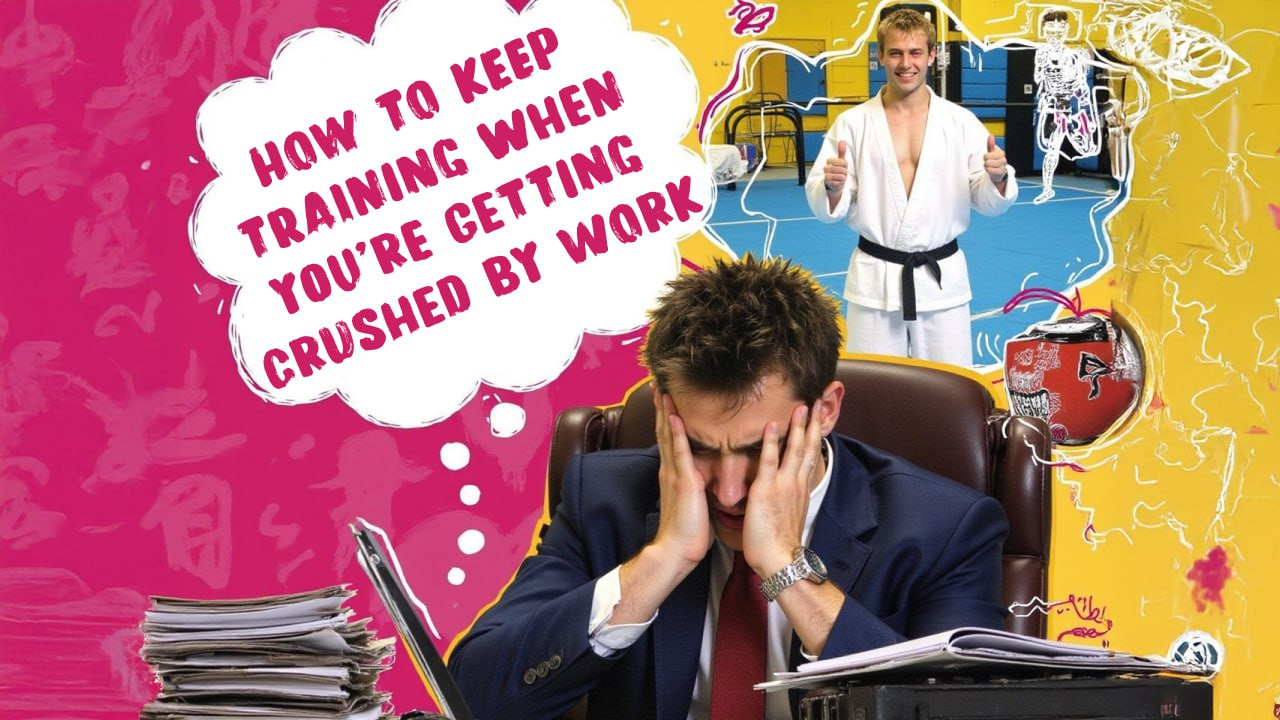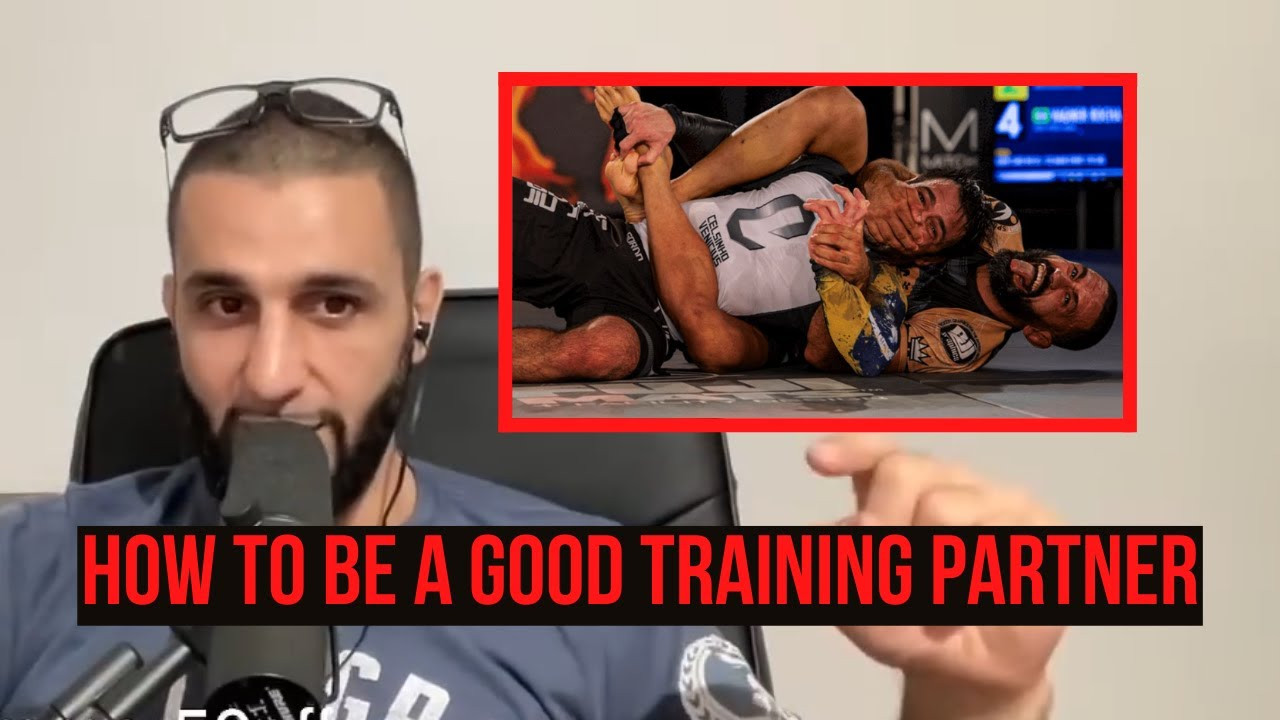MMA
Categories

Within the world of martial arts, it is common for people to talk about being alphas. Particularly among men, alphas are perceived as the most dominant fighters in the gym. Additionally, they often view themselves as being natural leaders within the gym and even outside of it.

Martial arts are typically thought of as a young person’s game. You don’t see professional fighters in their 50s or 60s, and only on extremely rare occasions do they fight into their 40s. More than just injuries and the fact that the body takes a lot longer to recover, it’s difficult to start training martial arts as you get older. No one is looking out for the next rising star to make their first appearance at the age of 37.

Learning a martial art is a serious commitment. It takes a lot of effort, dedication, and discipline, but most of all it takes a lot of time. Even for people who never hope to get to the professional level and just want to learn to defend themselves, they have to spend years learning and refining technique, conditioning, and studying.

Dutch kickboxing may not be as well-known as many other forms of martial arts, but it is a formidable system that combines the hands of Western boxing, conditioning of Kyokushin karate, low kicks of Muay Thai, and relentless forward pressure.

Discover Islam Makhachev's key training principles for MMA success. This article explores his work ethic, the importance of rest and nutrition, and the value of adapting during sparring.

This article delves into John Danaher's explanation of what truly separates a fighter from a martial artist. Discover how their motivations differ – one externally driven by objectives, the other internally motivated by the art itself and the constant refinement of skill.

Martial artist and YouTuber Sensei Seth investigates whether striking or grappling is the tougher discipline. Through firsthand training and interviews, he explores difficulty of learning, injury risks, cardio demands, and mental toughness in Muay Thai vs jiu-jitsu.

Improving in martial arts takes time, but training smarter can speed up the process. This article explores effective ways to maximize your progress, from keeping sparring playful to refining your fundamentals. Learn how to avoid common training mistakes and build a strong foundation for long-term success.

Achieving realistic goals is the key to long-term success in any area of life. This article explores how to set achievable milestones that challenge you without overwhelming you. By breaking big aspirations into smaller steps—whether in fitness, career, or personal growth—you create a clear path to progress. Using examples from running, martial arts, and skill-building, we show how consistency, strategy, and perseverance lead to meaningful accomplishments.

Rules are the foundation of martial arts, guiding beginners to develop strong fundamentals. However, true mastery lies in understanding when to break them. This article explores key martial arts rules—keeping your hands up, avoiding head movement, and protecting your back—and how experienced fighters strategically bend them to gain an edge. Learn why rules exist, when to follow them, and when breaking them can make you a more effective martial artist.

There are a variety of kickboxing styles in the world of martial arts. There’s Muay Thai, American kickboxing, and Japanese kickboxing, just to name the few that we’ve recently covered. The differences between them are subtle to the untrained eye, but there are several crucial distinctions, especially with respect to their rulesets.

In this post, we’ll follow the lead of Alby Tam of the San Francisco-based Muay Thai gym Combat Culture, who walks through the history, rules, and defining characteristics of Japanese kickboxing in the video below. As Alby explains, Japanese kickboxing began as a blend of Muay Thai and karate in the 1960s and took off in popularity during the 1970s. By the late 1980s, it had entered into a period of decline, and it was then supplanted by K-1, which continues to be extremely popular in Japan.

Being a good training partner is one of those things that most people don’t think about when they first join a gym and start learning a martial art. This is totally normal. When it’s your first day or even your first month, you are usually inwardly focused because your main goals revolve around not embarrassing yourself and building up your endurance.

When Alby Tam of the San Francisco-based Muay Thai gym Combat Culture was growing up, the only combat sport that he remembers watching with any regularity was boxing (we’re not counting the WWF and WCW). Every so often, however, he’d stumble across a different kind of martial art that he’d never seen before. It was usually late at night, and usually on a station that he didn’t watch very often, but it was here that he caught a glimpse of another type of combat sport where the fighters were wearing pants and shoes. They were also kicking each other.

Finding a new gym is always difficult, especially if you’ve recently moved to a new city and you don’t have a lot of connections in the area. As Shane Fazen of FIGHTTIPS and Vince “The Anomaly” Cachero explain in the below video, just about all of the things that anyone is really looking for in a new gym boil down to feeling comfortable, being challenged, and finding a group of people who will make you better. For younger fighters, you may also want to find an established fighter willing to take you under their wing.
